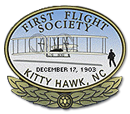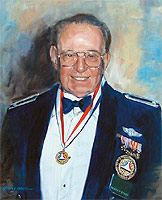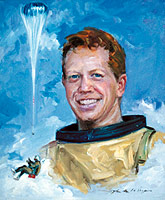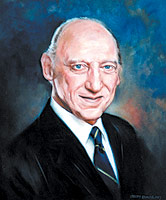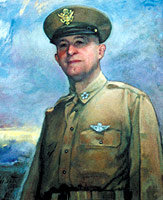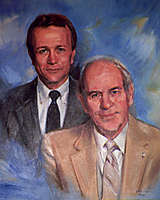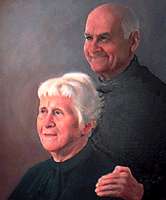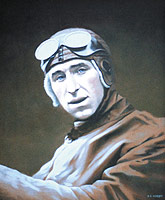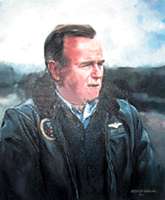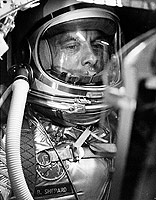John P. Stapp, M.D.
Inducted in 1998
Pioneer In Aerospace Medicine
1910 – 1999
John Stapp began his career as a medical officer in the United States Air Force where he organized and founded two laboratories, the Aeromedical Facility at Edwards Air Force Base, California, and the Aeromedical Field Laboratory at Holloman Air Force Base, New Mexico. From 1946 to 1963, Dr. Stapp pioneered research on the effects of mechanical forces upon living tissue.
Among the many projects that Stapp directed, the High Speed Sled Project is of special note. During these tests, he was the chief volunteer, making 29 of the rocket sled runs himself. On December 10, 1954, Stapp became the “fastest person on earth” when the rocket sled reached 632 miles per hour in 5 seconds and decelerated to a stop of 690 feet in 1.4 seconds at 40 times the speed of gravity. This stop is equivalent to hitting a brick wall at 60 […]
